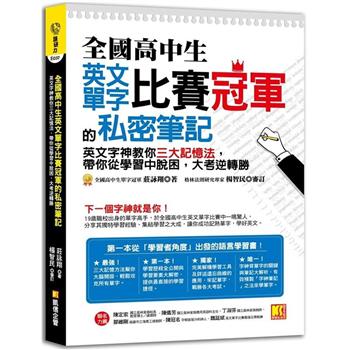The Heavenly Code: The Three Caverns and the Dao of Cosmic Order is Volume 2 of Essence of the Seven Canons of the Celestial Satchel, Laing Z. Matthews’ magnum opus exploring the hidden structures of Daoist cosmology, practice, and cultivation. This sweeping, meticulously researched, and deeply experiential work deciphers the complex system of the Three Caverns (Dongzhen, Dongxuan, Dongshen)-not as static categories of scripture, but as living, breathing pathways through which cosmic order descends into form and the practitioner ascends toward transcendence.
At its heart, The Heavenly Code asserts a profound thesis: the Dao is not an abstract idea, but a resonant field of patterns-an invisible yet precise system of cosmic law, encoded into the structure of time, space, and the human body. The Three Caverns are not merely literary classifications-they are the very blueprint of reality, fractal maps that reveal the interconnectedness of all things. They mirror the cosmos in the human microcosm, showing how breath, body, and spirit align with the rhythms of Heaven.
Matthews guides readers through the intricate relationships between the Three Caverns and the Four Supplements (Taixuan, Taiping, Taiqing, Zhengyi), revealing how these celestial frameworks govern the transmission of Daoist scriptures, the hierarchy of deities, and the ritual technologies-talismans, registers, seals-that serve as bridges between Heaven and Earth. Through clear exposition and poetic reflection, he shows how ritual is not performance but participation in a vast, living web of resonance. To invoke a seal, chant a petition, or trace a talisman is not to beg for blessings but to synchronize one’s field with the cosmic pulse.
This book is both a scholarly masterpiece and a practical manual. Drawing from classical texts such as the Yunji Qiqian, Taishang Dongxuan Lingbao Dazhou Jing, and the Zhengyi Canon, Matthews offers detailed instructions on advanced Daoist practices rarely articulated in English-such as the Nine Star Flight, the use of celestial registers, the invocation of the Five Thunder Generals, and the internal alignment of the body’s palatial structures with the celestial bureaucratic order. These practices are not framed as abstract metaphors; they are initiatic stages-concrete steps on the path of self-cultivation that shape destiny and align the individual with the celestial order.
Matthews’ writing is both rigorous and luminous. He weaves technical clarity with lyrical depth, reminding readers that the Dao does not issue commands-it speaks in patterns, and those patterns are the key to harmonizing with the flow of life. The body is not separate from the cosmos but a resonant vessel, shaped by the same forces that govern the stars, the winds, and the cycles of time.
For readers unfamiliar with Daoist cosmology, The Heavenly Code may feel dense at times, as Matthews assumes a basic fluency in concepts like Yin-Yang, the Five Phases, and the 60 Jiazi system. Yet for the dedicated practitioner, this density is a treasure-an invitation to study deeply, practice with precision, and cultivate not only understanding but transformation. This is not a book to be read once and shelved; it is a living transmission, a reference and companion for a lifetime of practice.
Ultimately, The Heavenly Code is more than a book-it is a call to alignment. It invites the reader to step into the Dao, not as a theory but as a lived reality. It teaches that ritual, when performed with sincerity and knowledge, is a technology of resonance; that breath and body are instruments of cosmic attunement; and that the path of Heaven is not distant, but present-encoded in the very structure of life.












